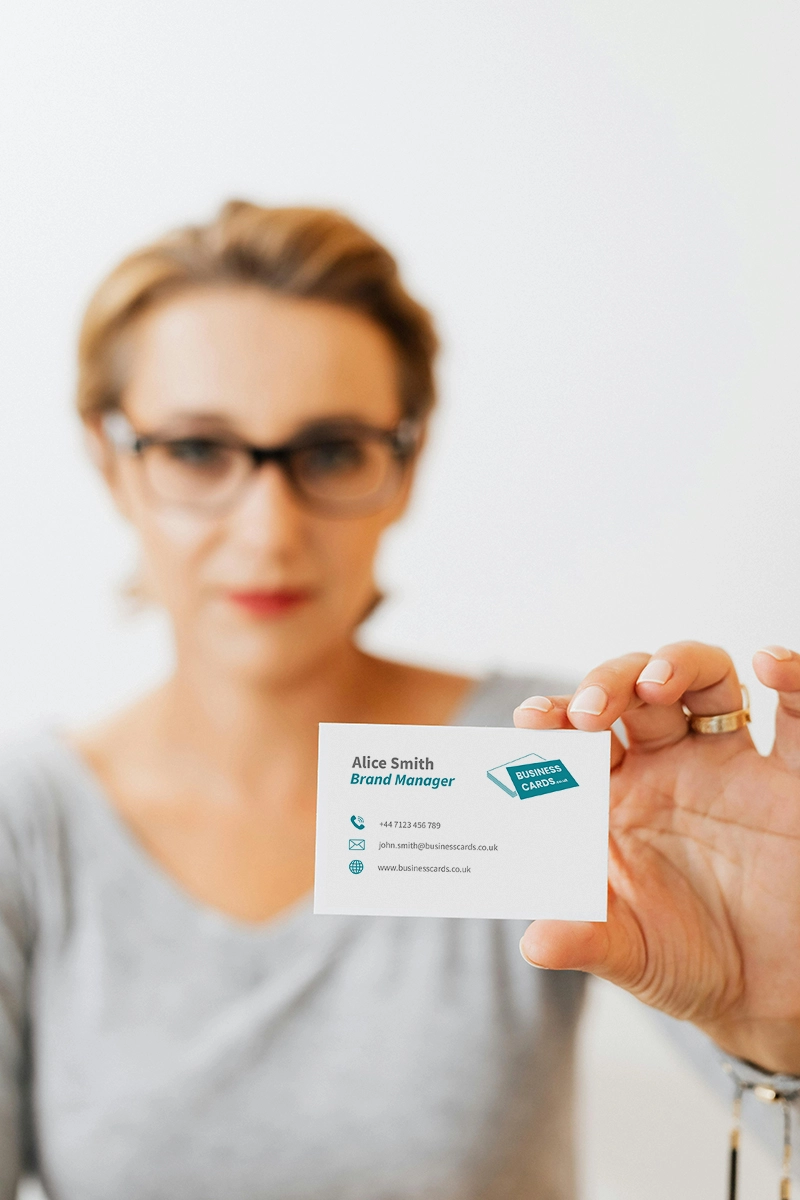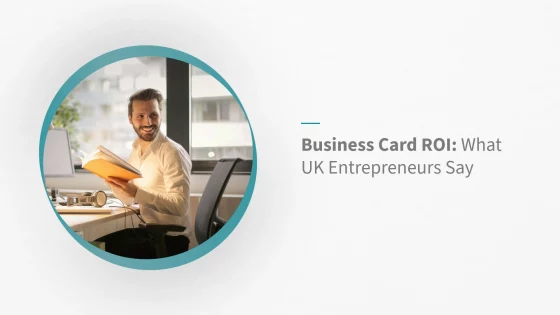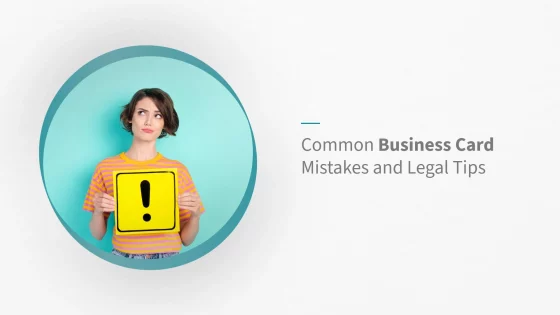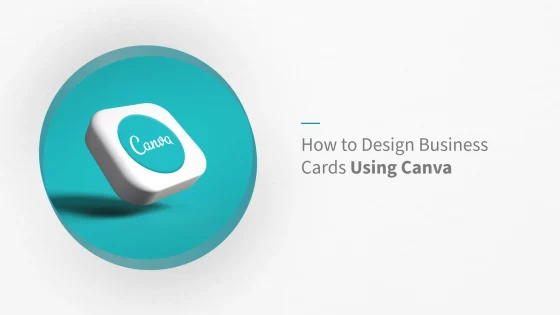Business Card ROI: What UK Entrepreneurs Say
In a fast-moving, digital-first business climate, it’s fair to question whether traditional business cards still provide value. For many UK entrepreneurs, the answer depends on how effectively cards are designed, used, and aligned with brand strategy and sustainability. Whether physical or digital, business cards can still deliver strong returns when integrated with a broader networking approach.
This article explores real-world ROI, industry-specific preferences, design psychology, and strategic insights that help turn business cards into high-performing assets.
What Is Business Card ROI—and Why It Still Matters
Business card ROI refers to the tangible value generated from the time, effort, and money invested in creating and distributing business cards. In the UK, professionals continue to view cards as essential at exhibitions, client meetings, and industry networking events.
- New contacts or leads generated
- Follow-up success and conversion rates
- Revenue linked to initial contact via business card
- First impressions and brand recall
When designed with intention, business cards do more than share contact details—they shape perceptions, reinforce credibility, and open doors.

Industry Preferences: What Works Where?
Design expectations vary widely between sectors. Based on user testing and feedback across UK industries:
- Designers: Prefer minimal, neutral cards with left or right-aligned logos. Avoid centre-aligned elements.
- Estate agents: Respond to bold colours and large contact details placed front and centre.
- Personal trainers: Favour big central logos and bright colours that reflect energy and branding.
- Tradespeople: Prioritise bold branding with a prominent logo, often left-aligned.
- Sales and marketing: Value clean, fuss-free layouts with clear hierarchy and easy navigation.
Aligning your card design with industry norms boosts the chance of recall and professional credibility—two factors that directly influence ROI.
The Psychology of Colour in Business Cards
Colour choice significantly affects how your card is received. In biometric studies, white, yellow, and blue scored highest across industries. Here’s how colours perform psychologically:
- White: Clean, precise, and professional. Ideal for legal, finance, and tech.
- Yellow: Cheerful, optimistic, and attention-grabbing. Great for education and creative sectors.
- Green: Symbolises wealth or sustainability, depending on the shade.
- Blue: Conveys trust, calm, and reliability—widely accepted across industries.
Choosing a colour that aligns with your brand personality improves first impressions and supports positioning—key to card-driven engagement.
Physical vs Digital Business Cards: Which Performs Better?
Physical Business Cards
- Pros: Tangible, memorable, and great for face-to-face impressions.
- Cons: Static data, costly reprints, and difficult to track usage.
Digital Business Cards
- Pros: Shareable, trackable, and updateable in real time. Integrated with CRM tools.
- Cons: May lack tactile impact in traditional industries.
| Feature | Physical Cards | Digital Cards |
|---|---|---|
| Impression Quality | High tactile impact | Modern, tech-forward feel |
| Update Flexibility | Reprint required | Instantly editable |
| Trackability | Not trackable | Analytics-enabled (clicks, views, scans) |
| Sustainability | Requires paper, ink, and shipping | Paperless and reusable |
| Cost Over Time | Lower per unit in bulk | Higher upfront, lower lifetime cost |
According to a 2025 UK industry forecast by Market Research Future, the digital business card market is valued at £8.17 billion, with rapid growth projected through 2035. This reflects a growing preference among UK professionals for contactless, trackable networking formats that integrate with digital tools.
Common Mistakes That Reduce ROI
- Cluttered or misaligned layouts
- Overuse of colours or low-contrast fonts
- Flimsy stock or poor print quality
- Omitting key contact info (e.g. phone or website)
- Choosing the wrong size or unreadable font
Avoiding these pitfalls ensures your business cards project confidence, clarity, and professionalism—helping every card pull its weight.

5 Ways to Improve Business Card ROI in 2025
- Design with Purpose: Use fonts, finishes, and layout that align with your brand message and values.
- Use a Call to Action: Add a QR code or incentive for recipients to connect.
- Format for the Context: Printed for in-person; digital for remote or tech-first audiences.
- Track and Test: Use unique links or manual logs to monitor engagement.
- Refresh Annually: Update your card as your offer, team, or brand evolves.
Conclusion: A Smarter Way to Use Business Cards
Premium business cards are still delivering value across the UK—but only when designed with strategy and used with intention. From law firms to creative startups, the format, message, and material all influence ROI.
Align your card’s purpose with your audience’s expectations and invest in design choices that drive action. Whether printed or digital, every card can open a door when it’s built to perform.
Review your card strategy today: is your current approach helping or holding you back?


